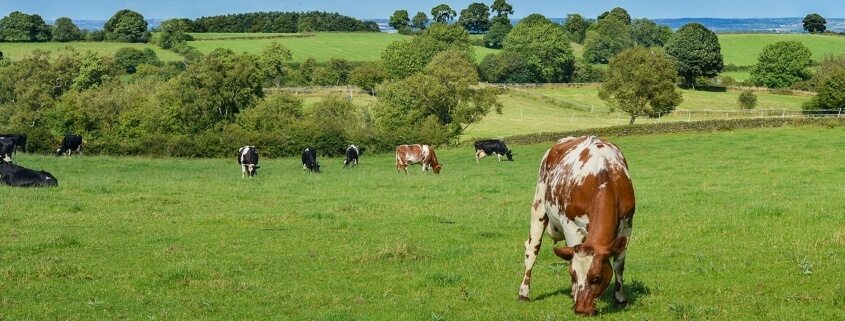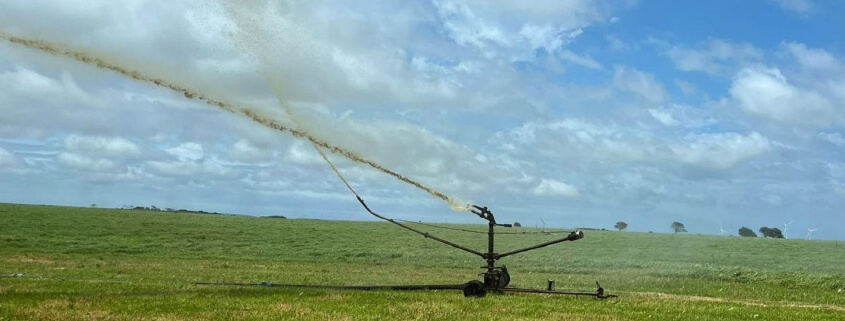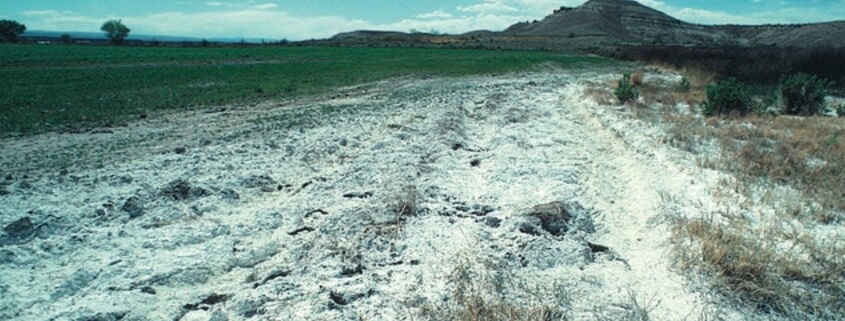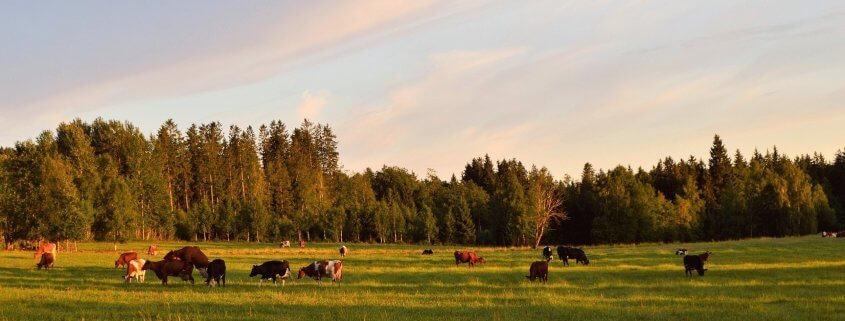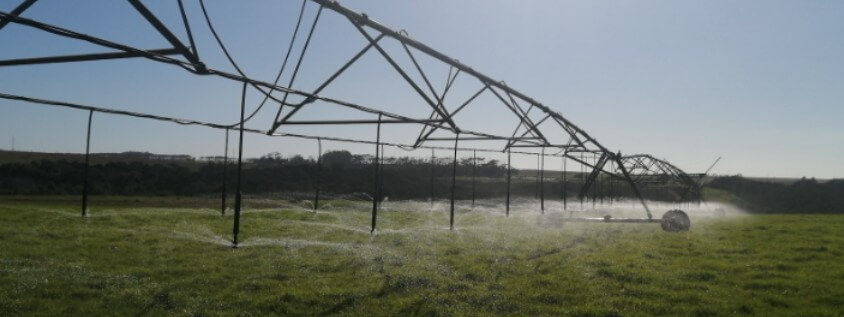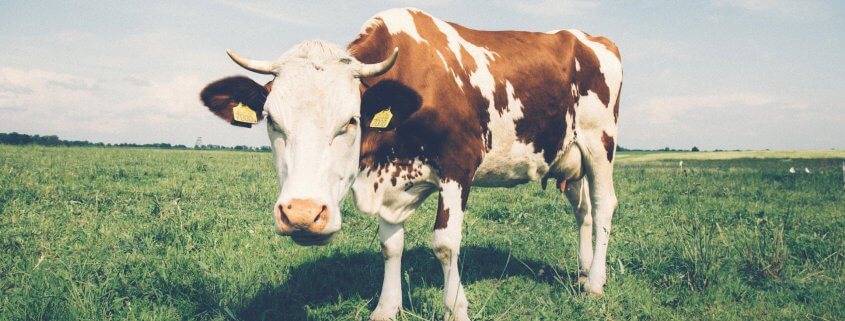Harnessing technology and data-driven management for sustainable farming
The integration of technology, satellites, and data management into agriculture has opened up exciting possibilities for the future, especially in the context of sustainable agriculture. For sustainable dairy farming, leveraging data, satellite insights, and advanced tools to optimize resource utilization, reduce waste, and protect the environment, is the future. The Trace & Save system, which has data-driven management at the centre of it, uses multiple measures of on-farm indicators to attain a trustworthy, holistic measure of agricultural sustainability. Let Trace & Save help you on your data-driven management journey towards sustainable agriculture.
What progress have farms participating with Trace & Save made over the past 10 years?
Looking back over ten years of collecting data from pasture-based dairy farmers, it is encouraging to see that there has been progress made with regards to improved sustainability. Two of the main goals of Trace & Save is to support farmers to farm in a more sustainable manner and to create evidence of progress where it is being made.
Carbon footprint reduction over time: Lessons from pasture-based dairy farms in South Africa
The reductions in emissions on the 20 pasture-based dairy farms over the past five years are an encouragement to any farm that would like to reduce their environmental impact. The most significant improvements have come from increased feed conversion efficiency, a higher proportion of pasture in the diet, and lower N fertiliser application rates.
The Rhizosphere: A key player in nutrient accessibility and plant stress resilience
The rhizosphere represents a fascinating and complex system, which plays a crucial role in the functioning of the soil ecosystem and the health of plants. This zone is characterized by an intricate web of biological, chemical, and physical interactions between the plant, the soil microorganisms, and the soil itself. One of the key functions of the rhizosphere is to facilitate nutrient uptake by plants, by enhancing the availability and accessibility of nutrients in the soil. Another important role of the rhizosphere is to mitigate plant stress, by providing a range of protective and supportive functions. Understanding the mechanisms underlying nutrient cycling and stress response in the rhizosphere can help us to develop more sustainable and efficient agricultural practices, which can improve soil fertility and plant productivity, while minimizing environmental impact.
Assessment of the potential financial benefits and risks of adopting improved effluent management
Manure is both a waste product with the potential to pollute, and a potential fertiliser. One challenge in dairy production is managing manure in a way that is advantageous for agricultural production, while minimising the potential negative impact on the environment and public health.
The management of soils with excessive sodium and magnesium levels
Soils containing excessive concentrations of sodium and magnesium can have detrimental effects on plant growth and productivity. These minerals can accumulate in the soil to high levels due to various factors, including irrigation with water containing high salt content, excessive application of fertilizers rich in these minerals, and the deposition of animal excreta from grazing animals, which contain significant amounts of sodium and magnesium.
Revisiting the movement: Regenerative agriculture
The value of regenerative farming is the desire of farmers to reduce their environmental impact and align their practices with the services that are inherently part of all ecosystems. But this is not a new concept at all.
Closing the Loop: Nutrient Circularity in Agricultural Systems
Production systems that are highly reliant on fertiliser is exposed to high risk and is severely influenced by fertiliser prices. Nutrient circularity is a concept which relates to the efficient use and recycling of nutrients in a closed-loop system. This approach can help to reduce the need for synthetic fertilisers and other inputs, increase resource use efficiency, and support sustainable agricultural and food systems.
Measuring for irrigation efficiency
The case study was aimed at finding opportunities for pasture-based farmers to use water more efficiently by the installation of water meters on centre pivots, which accurately measured how much was water is used for irrigation.
Biological N fixation and legumes
Taking advantage, or greater advantage, of biological nitrogen fixation, seems like a logical option for a chemical nitrogen substitute. Adding legumes to your cropping system, and managing them well, has great potential to add significant amounts of nitrogen to your system, in a more sustainable way than chemical fertilisers.



